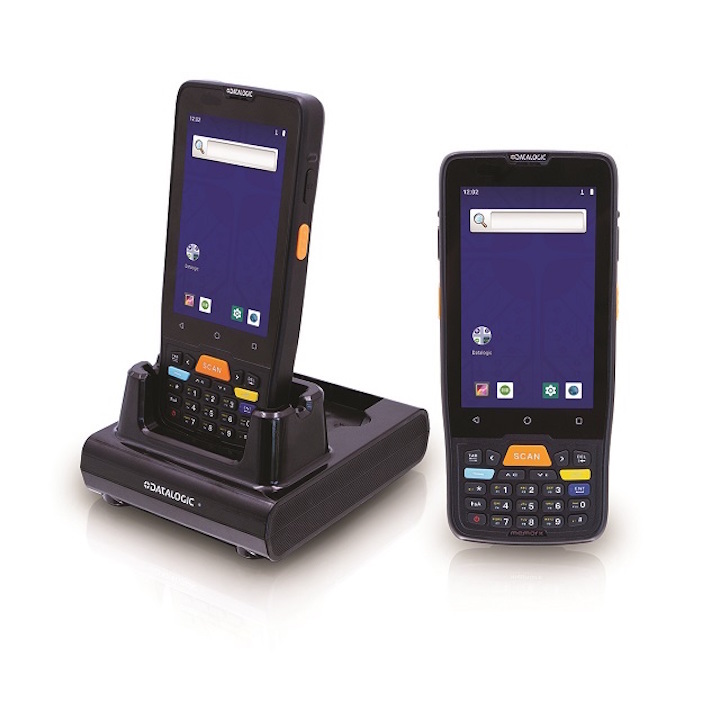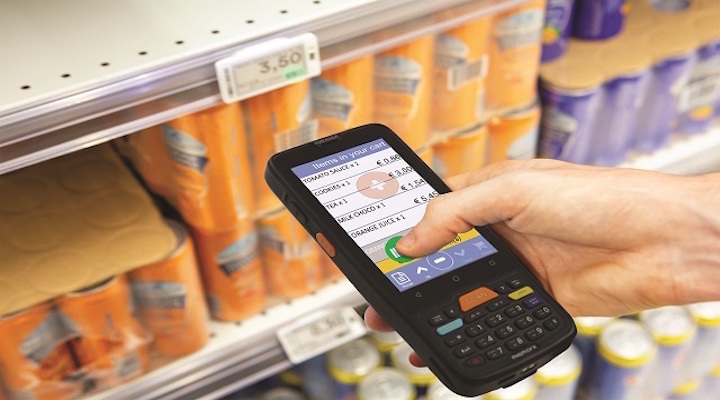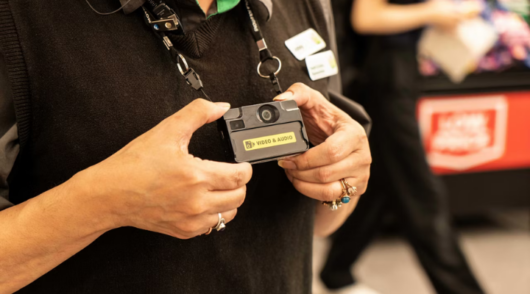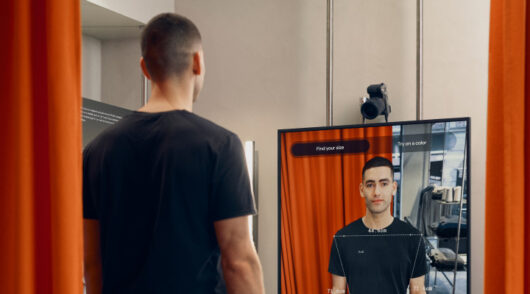Is your enterprise PDA suitable for your application?
The current trend in mobile devices is to make screens as big as possible and do away with physical buttons. Software-based, or “soft” buttons on touchscreens are considered more reliable. Since they are not mechanical, they are less prone to breaking – unless of course the screen is cracked. Still, physical buttons are preferable in some settings.
Furthermore, in some scenarios requiring quick, frequent data entry, constantly touching the wrong keys create significant problems. Consider a SMB retailer’s or warehouse environment where a worker in charge of managing inventory or quality control is entering numerical data into a device. The user loses a lot of productivity just from hitting backspace constantly to correct errors.
This is true of any job involving repetitive entry of number quantities, such as order picking in a warehouse or tracking inventory on store shelves. Even when data entry is less frequent, as when an employee enters a product number to locate an item a customer asks for, making errors in entering data is not productive. A customer might conclude the employee who keeps pressing the wrong keys is incompetent, which reflects poorly on the business.
Tactile advantage
In each of these scenarios, an ergonomically designed device with a suitable keypad size for numeric entries would be preferable to pressing simulated keys on a touchscreen. Physical keys are more intuitive, providing tactile feedback when the button is pressed.
In addition, muscle memory is more likely to accurately guide fingertips to the right buttons. This is why companies may opt to use mobile devices with a physical keyboard for activities involving the frequent entry of numerical values. Considering the 7.1-per-cent increased chance of error when using a touchscreen, it makes sense to use a physical keyboard instead. It’s important to make the right investment based on the use and application, which is why retailers should consider handhelds with physical buttons for frequent numerical data entry. Investing in these devices helps to optimise operations and make the business more efficient overall.
Memor K™ – Robust scanning with versatility for individual typing styles
While touchscreens are unquestionably useful, scenarios with repeatable numerical data entry prove physical buttons still have a place in some devices and applications. Providing a combination of soft and physical buttons to cater to individual typing style, which varies from person to person, will lead to an easier and more accurate typing experience.

To properly match the needs across retail functions, Datalogic has introduced this entry-level model in the Memor series that contains both a touchscreen and a physical keypad. The Memor K’s keypad is intuitive and has ample space between each key to prevent errors in numeric data entry, making it ideal for any retail store and warehouse environments.
To learn more about Memor K and suitable application uses, visit our website here.






